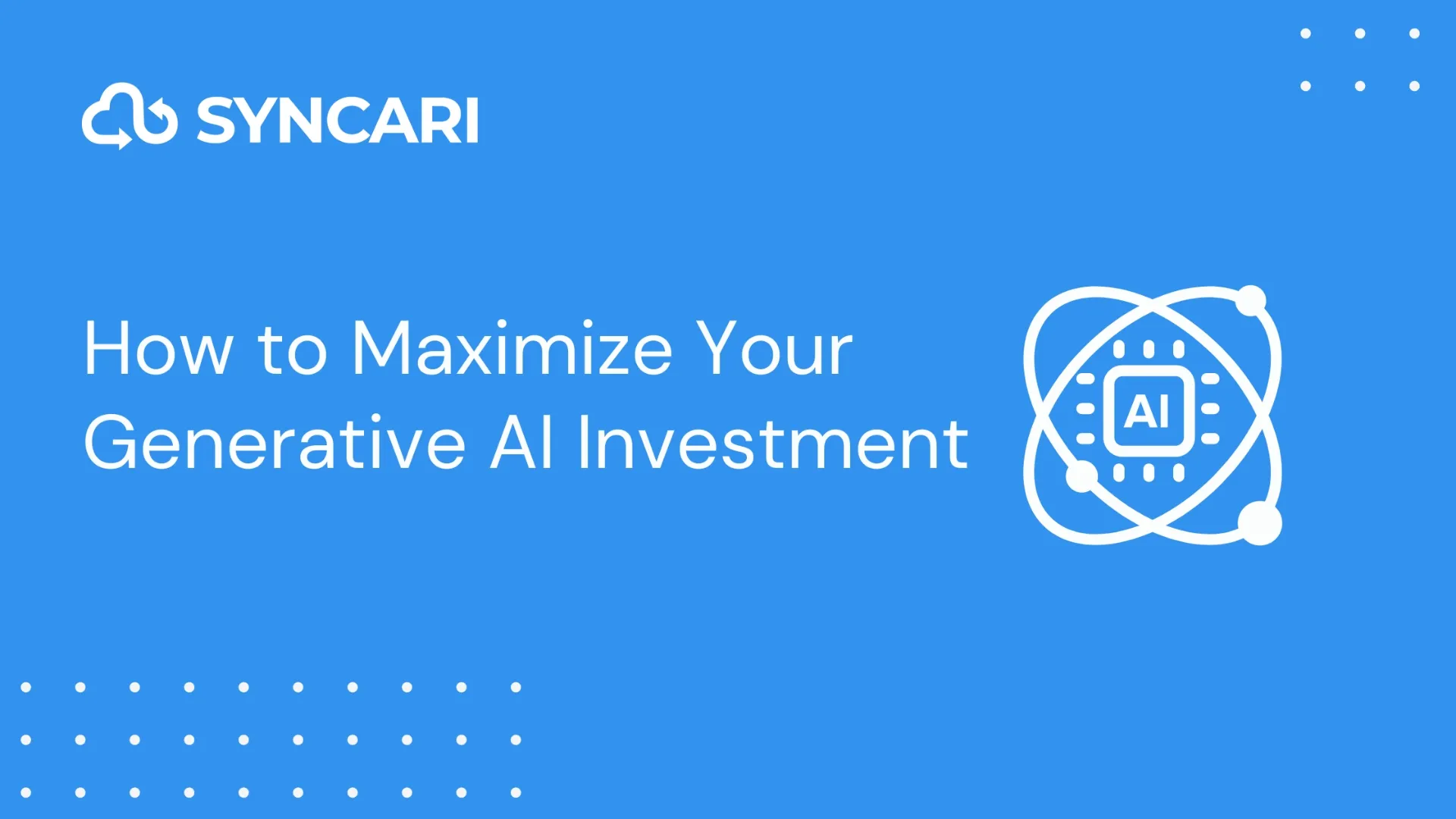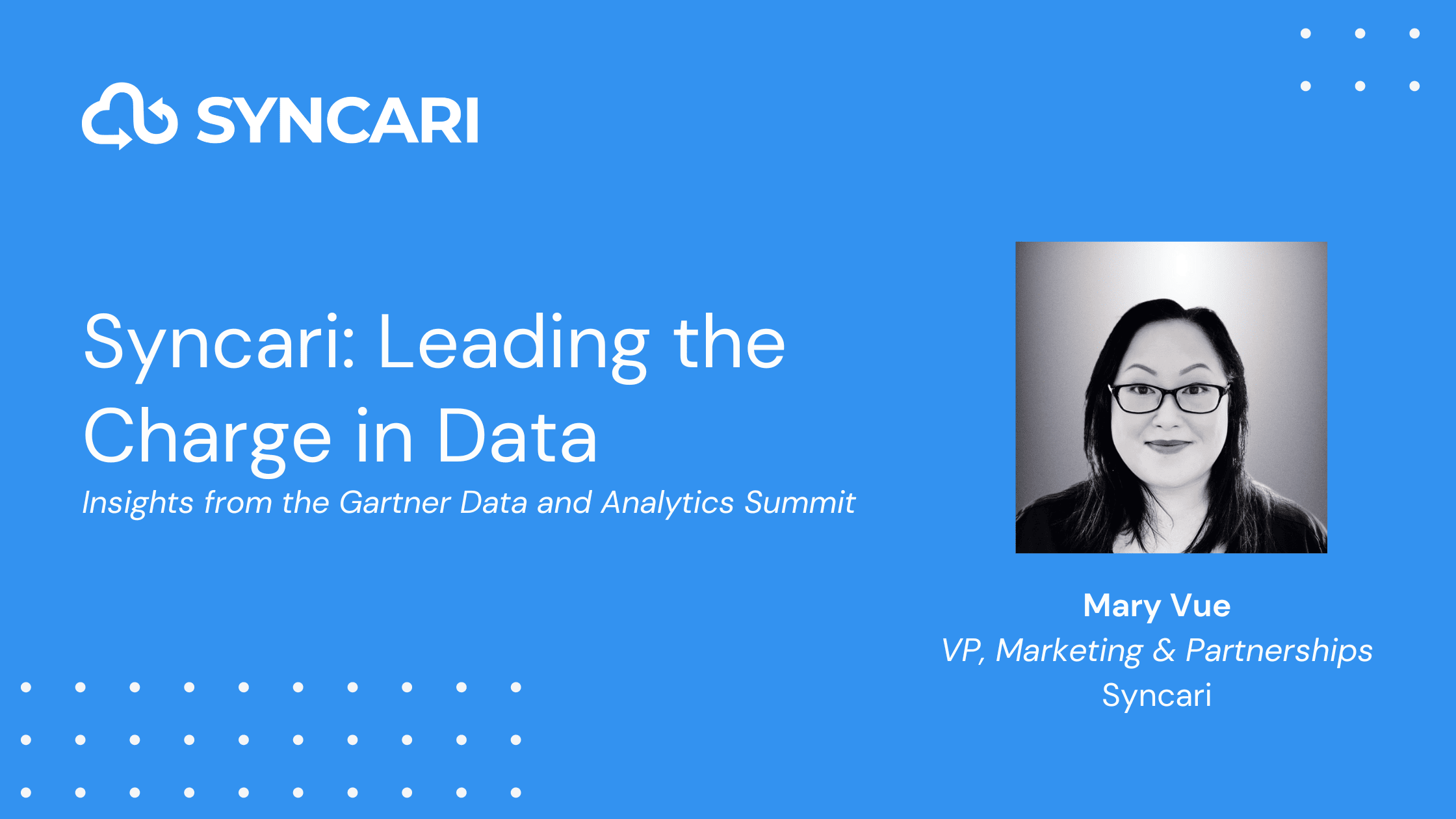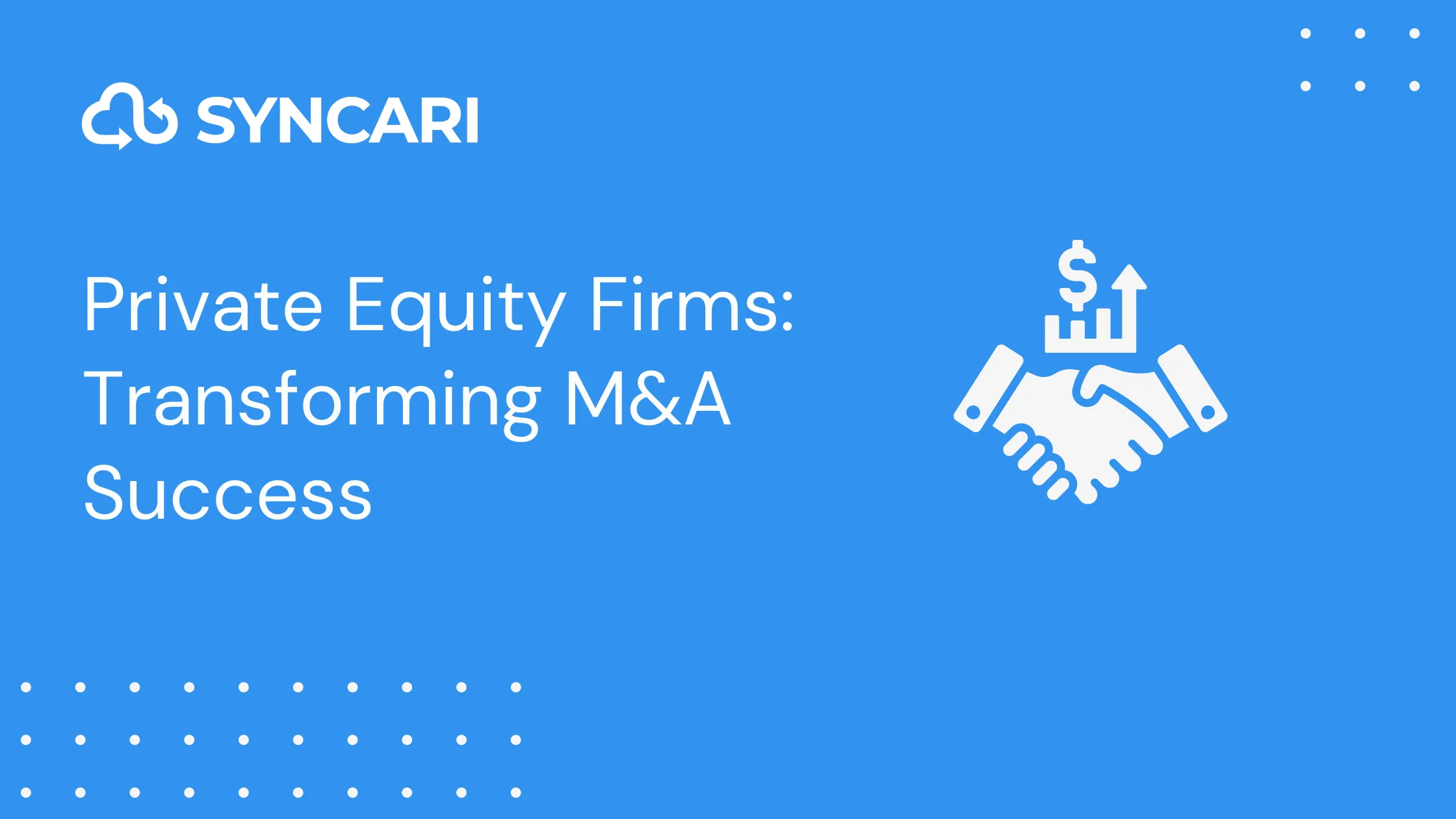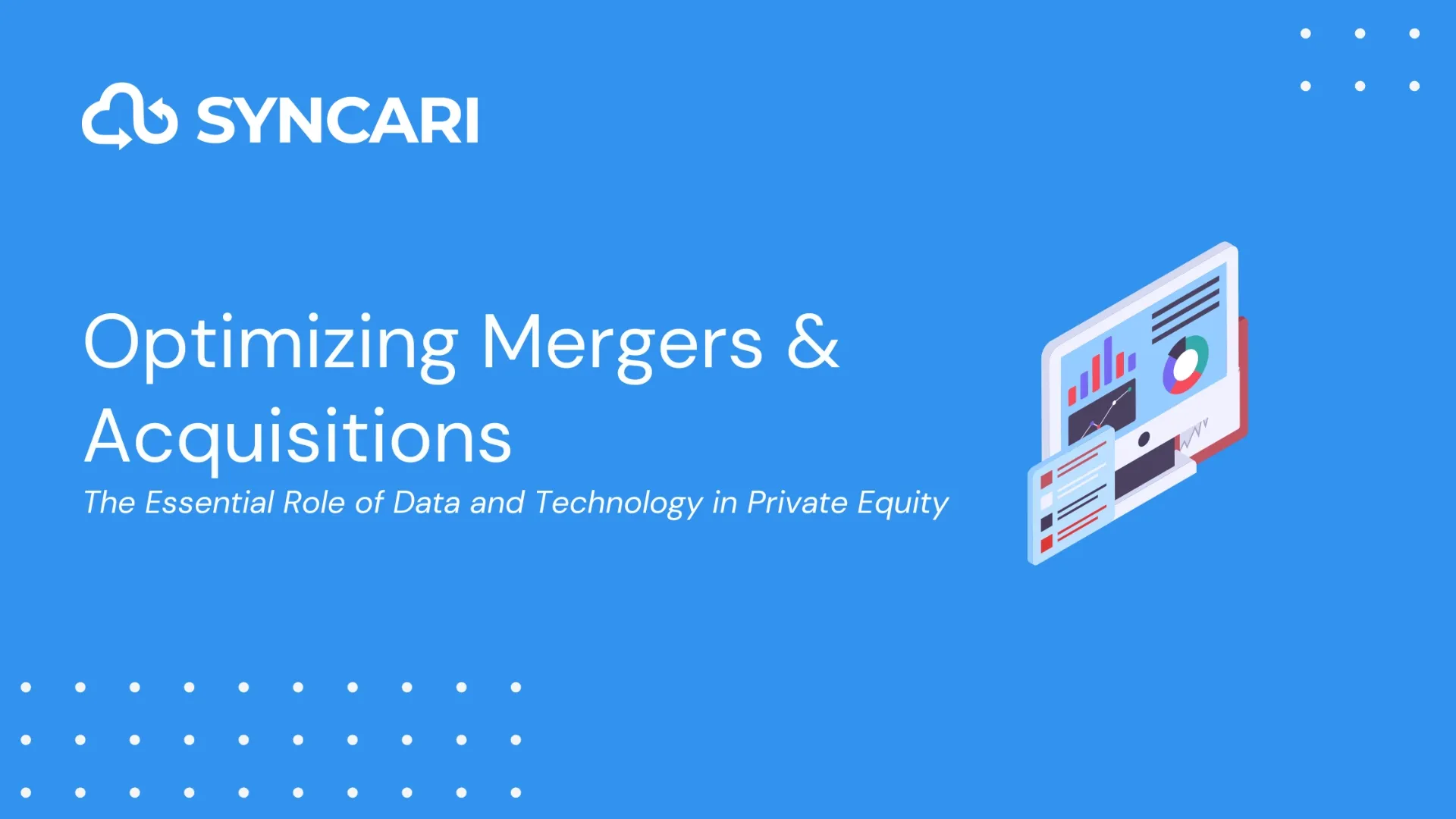Today, companies of all sizes are accumulating much larger volumes of customer data. Working with such large quantities means data is more prone to duplication, fragmentation, inconsistencies, outdatedness, and sometimes incompleteness.
So, as your company grows and gains more customers, it’s increasingly important that all data remains consistent.
That’s why you should use a Customer 360 platform.
In this article, we’ll explore what the Customer 360 concept means, why it’s important, and top platforms to help you unify your customer data sets.
[Related: Data deduplication software guide]
What is Customer 360?
Customer 360 refers to having a 360-degree view of your customer data.
This includes every digital interaction you have of your customers, including website inquiries, product and service purchases, and customer support requests.
What’s more, every department (and every team member) should see the same version of information. Different versions of customer data that RevOps employees pass along the line lead to work errors and operational holdups. Ultimately, those hiccups cost you both time and money.
Creating a personalized experience for each customer relies on having a 360-degree view of their data. You can enable both of these capabilities by integrating application programming interfaces (APIs), applications, and data.
Why is Customer 360 important?
These days, the concept of Customer 360 is extremely popular among IT professionals and other businesspeople.
Both customer data platforms (CDPs) and master data management (MDM) solutions help you gain a 360-degree view of customer insights. However, RevOps teams optimize them differently based on their use.
Today, businesses rarely use MDM — and for good reasons. Put simply, it’s an outdated approach.
Depending on the outcomes you want for your business, a top CDP is likely your best bet. But in some cases, an MDM solution — or an MDM alongside a CDP — helps your company meet its needs.
For reference, here are the six types of data that businesses commonly use:
- Unstructured data
- Transactional data
- Metadata
- Hierarchical data
- Reference data
- Master data
Additionally, there are four general master data groups:
- Customers
- Products
- Locations
- Other
Knowing the most efficient ways to monitor and manage these types of data fuels your business’s success.
What’s more, mastering Customer 360 helps you reduce costs, increase revenue, identify inefficiencies, and better understand your customers to improve the customer experience.
[Related: It’s official: Master data management is dead]
Is gaining 360-degree view of customers difficult?
Building a true Customer 360 isn’t easy.
For one, it can be costly. Furthermore, data needs are constantly evolving, and organizations don’t always have a full range of trust. For example, team members might not feel confident working with customer profiles because information is outdated or inaccurate.
Each team member might also work with data differently than their coworkers do, even when they’re in the same department.
To complicate matters, legacy systems are a common hurdle. Old POS data, e-commerce data, email engagement data, and much more all might be in different formats. It’s difficult — and sometimes impossible — to work swiftly through projects when formats don’t match.
However, with the right platform, you can build a strong Customer 360 that’s both cost-effective and has a future-proof infrastructure.
Let’s explore some top Customer 360 platforms.
Top Customer 360 platforms
Here are our top 10 picks for Customer 360 platforms.
Syncari
Syncari provides a well-rounded approach to achieving Customer 360. But we’re not a traditional CDP — rather a purpose-built platform to unify your customer data.
So, why is this important? Unified data across contacts, accounts, and custom objects allows your Go-To-Market teams to provide excellent customer experience, accelerate your pipeline, and drive demand at scale. It also helps you care for your existing customers more effectively.
If you need a better customer data strategy, our patented multi-directional sync engine will ensure your customer data sets are deduplicated, enriched, cleansed, accurate, and up-to-date. And not just in your CRM — in every marketing, sales, CS, finance, and product usage warehouse.
Your GTM, ops and data teams can all then have a 360-degree view of all contacts and customer profiles.
Salesforce
Salesforce is a popular platform choice because of its customizability.
Specifically, Salesforce Genie supports data automation so your sales, marketing, customer service, and IT teams can work together smoothly. With Salesforce Genie, you enjoy boosted productivity levels, decreased operational costs, and improved workflow efficiencies for an overall great Customer 360 approach.
[Related: Syncari’s response to Salesforce Genie]
Amperity
Amperity offers a multi-patented approach to Customer 360. It addresses data governance, marketing activation, functionality, and several other organizational needs.
Its guiding principles — fast and flexible — reflect the capabilities of its platform tools. Amperity designed those tools to get your business moving, whether you’re onboarding new platforms or connecting new data sources.
Zoho
Zoho is particularly great for scaling business.
It provides an affordable way to manage data, regardless of whether you run a start-up, small- to medium-sized business (SMB), or enterprise. And thanks to its ability to connect add-on suites such as finance, forms, and custom apps, you can modify your integration level to enhance your Customer 360 view.
K2 View
K2 View offers a Data Product Platform that creates, manages, and delivers a range of data products. And fortunately, those products work in real time and can handle Fortune-100 enterprise-scale data.
K2 View finds, integrates, enriches, and manages customer data sets before storing them in micro-databases (one per customer). It then individually encrypts customer data to provide a holistic view of each customer.
K2 View’s Data Product Platform and micro-database technology allow it to take an innovative approach to Customer 360.
Profisee
Profisee’s MDM capabilities support Customer 360 in several ways, one of which is through its Business Impact Roadmap (BIR) initiative. It helps businesses move toward and implement successful MDM strategies.
Here are a few BIR standouts:
- Writing clear and succinct descriptions of opportunities
- Organizing available resources
- Identifying the most notable KPIs
- Determining initiatives’ potential ROIs
Pipedrive
Pipedrive’s platform is easy to use and offers great flexibility.
One of its key features in achieving Customer 360 is its Smart Contact Data. This tool pulls known work and social data from contact records in a single click.
Pipedrive’s primary goal is to help sellers sell. With that in mind, having thorough customer data sets and a solid understanding of profiles is vital.
Ontraport
Ontraport offers a range of features that help integrate multiple customer experience areas — specifically with transactional processes.
These areas include sales and payment processing, cross-selling, and post-sale follow-ups, among others. And that means you’re constantly expanding and enriching customer data sets.
Ontraport’s platform capabilities allow you to see a contact record’s subscriptions, membership and purchase history, actions, payment info, and much more. You can also create tasks from a contact to ensure you’re on top of each customer profile — and enhance your 360 as a result.
Gainsight
Gainsight’s Customer 360 (C360) is a hub that stores your customers’ data and business information.
It consolidates business data coming in from a range of sources while giving you a thoroughly holistic view of your customer base, but on an individual level.
Gainsight helps you reach Customer 360 via sponsor tracking, success planning, text surveys, relationship management, and more.
Treasure Data
Treasure Data works specifically with entertainment companies (e.g., movies, games, esports, retail, advertising, streaming services).
It observes and studies data trends in the gaming and entertainment worlds, such as a customer’s value across different media types. Using various data sets, Treasure Data then creates technology solutions that support customers and provide a 360-degree view of them.
Can you achieve Customer 360 outside your CRM?
No, not necessarily.
First, thriving businesses have (and need) a CRM. Achieving Customer 360 is unrealistic without one.
Naturally, your CRM prioritizes customer interactions. Then, it uses data analysis to study large amounts of information based on those interactions. This is a huge factor in your customer data strategy.
However, there’s limited integration when it comes to transactional and interactional customer data.
Additionally, a CRM works only with data that it owns, so this is an innately narrow view of customer data. And as we stated above, there’s limited integration, and it’s worse when you work with legacy systems without solid API sets.
So, with just a partial Customer 360 view, your CRM’s business value actually decreases and hurts your overall ROI.
You need rich data sets that cover your customers’ product purchase interests and habits. You can then tackle thorough reviews and build a well-rounded understanding of your customers.
[Related: The single source of truth has breathed its last]
Use Syncari as your go-to Customer 360 platform
Using Syncari for your Customer 360 platform needs gives you a reliable and trusted way to monitor and manage customer data.
We provide dozens of single synapse and tool-pairing integrations to ensure all your customer data — regardless of its extent or complexity — is unified and streamlined for optimal workflow automation.



